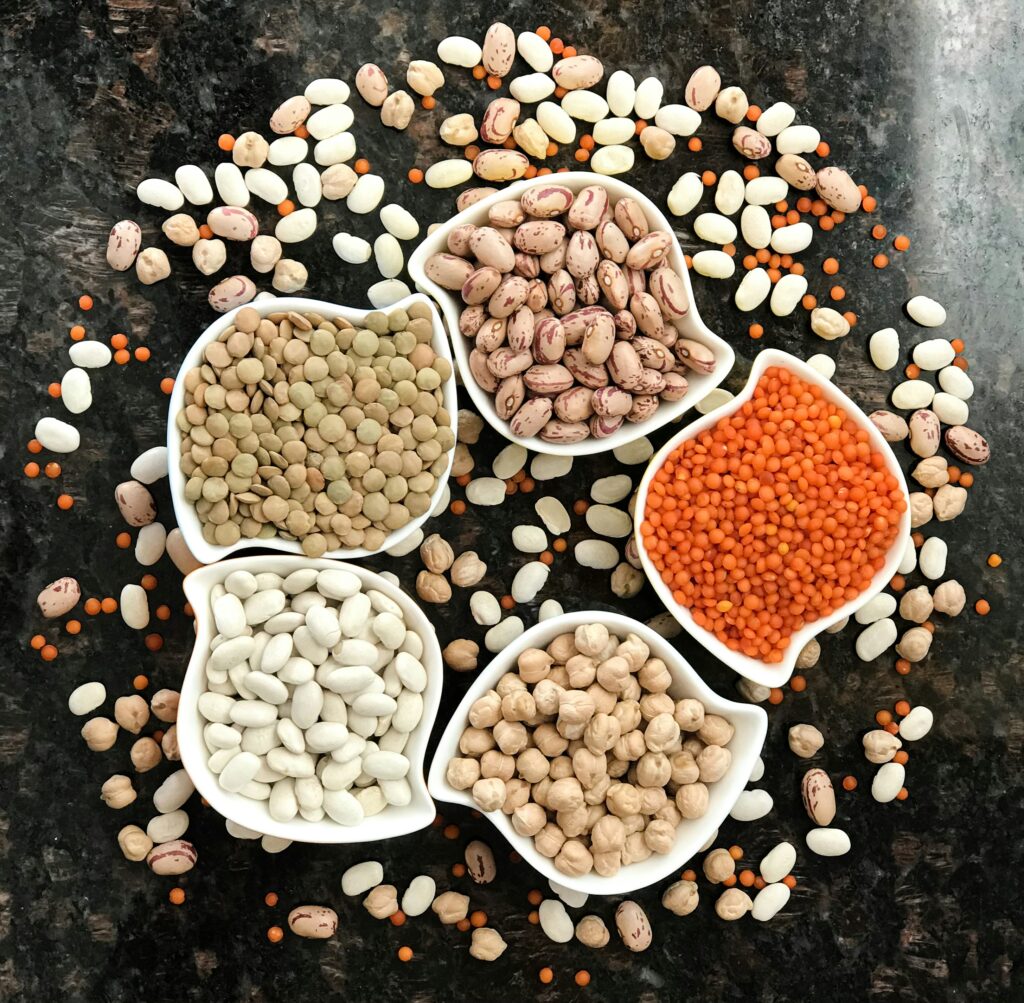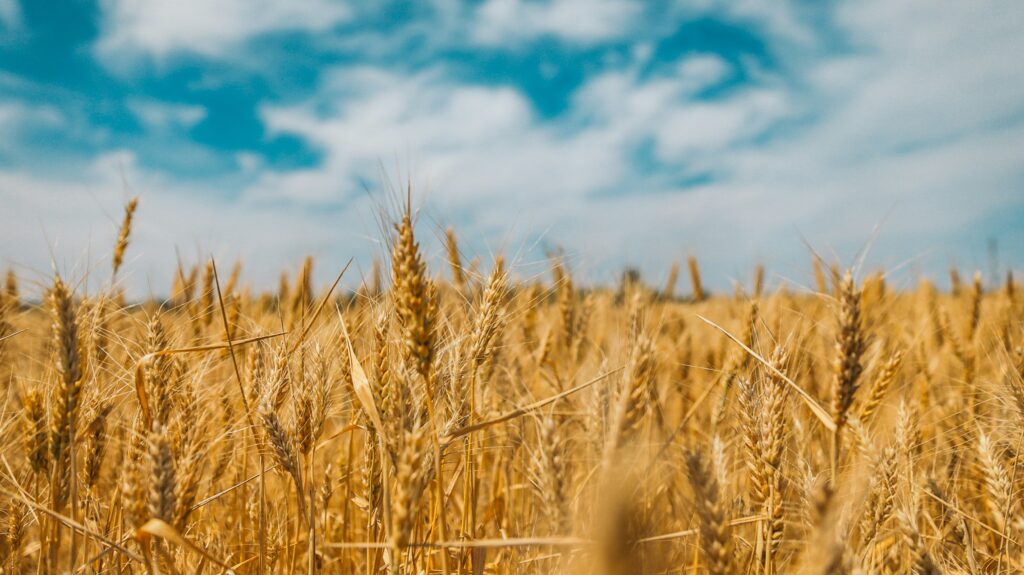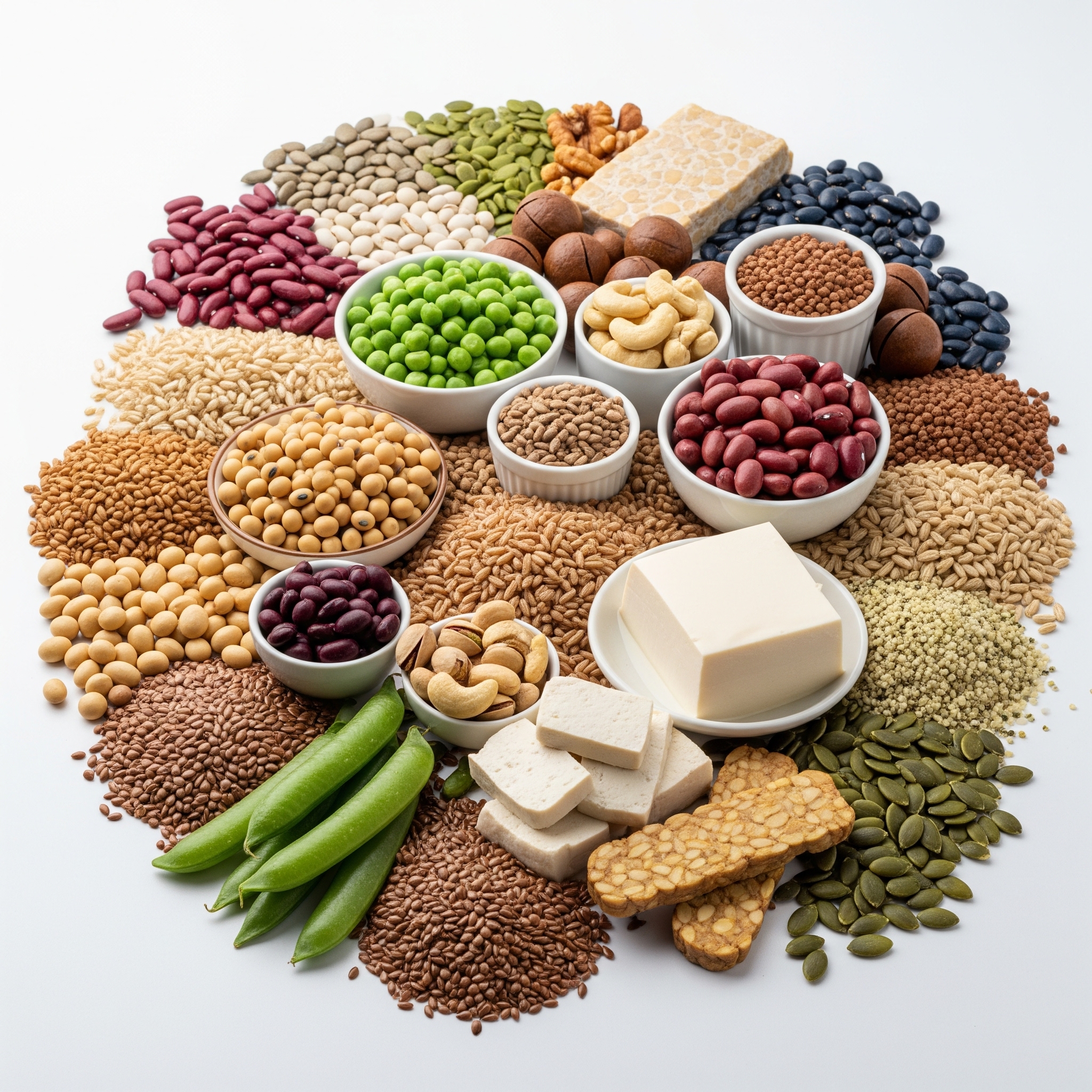For vegetarians and vegans, ensuring adequate protein intake is a common concern. However, a well-planned plant-based diet can easily meet and exceed protein needs, offering a wealth of delicious and nutritious options. This guide will explore the best plant-based protein sources, providing a comprehensive overview for those looking to thrive on a vegetarian or vegan lifestyle.
Why Protein Matters
Protein is an essential macronutrient, playing a crucial role in building and repairing tissues, supporting immune function, and producing enzymes and hormones. It’s composed of amino acids, some of which are considered “essential” because the body cannot produce them, and they must be obtained from food.
Complete vs. Incomplete Proteins
- Complete proteins contain all nine essential amino acids in adequate amounts. Animal products are generally complete proteins.
- Incomplete proteins are lacking or low in one or more essential amino acids. Most plant-based foods are considered incomplete proteins.
However, this doesn’t mean vegetarians and vegans need to worry. By eating a variety of plant-based protein sources throughout the day, you can easily obtain all the essential amino acids your body needs. This is known as protein combining or complementary proteins.
Top Plant-Based Protein Sources
Here’s a breakdown of excellent plant-based protein sources, along with tips for incorporating them into your diet:
1. Legumes

Legumes are a nutritional powerhouse, packed with protein, fiber, iron, and other essential nutrients.
- Lentils: Versatile and affordable, lentils come in various colors and cook quickly. They are excellent in soups, stews, salads, and as a base for vegetarian “meat” sauces. 1 cup of cooked lentils provides approximately 18g of protein.
- Chickpeas: Also known as garbanzo beans, chickpeas are the star ingredient in hummus and are delicious in salads, curries, and roasted as a snack. 1 cup of cooked chickpeas contains around 15g of protein.
- Find high-quality canned chickpeas for convenient meal prep:
- Black Beans: A staple in Mexican and Southwestern cuisine, black beans are great in tacos, burritos, and salads. 1 cup of cooked black beans offers about 15g of protein.
- Find high-quality Black Beans
- Kidney Beans: These beans are often used in chili and are a good source of protein and fiber. 1 cup provides approximately 13g of protein.
- Find high-quality Kidney Beans
- Soybeans: Soybeans are a complete protein source. Edamame (young soybeans) are a delicious snack, while tofu and tempeh are versatile protein sources for stir-fries, sandwiches, and more. 1 cup of cooked soybeans contains about 31g of protein.
2. Grains

While not as protein-dense as legumes, grains contribute to your overall protein intake, especially when combined with other plant-based sources.
- Quinoa: A complete protein, quinoa is a versatile grain that can be used in salads, bowls, and as a side dish. 1 cup of cooked quinoa provides about 8g of protein.
- Find high quality Quinoa here
- Brown Rice: A good source of fiber and protein, brown rice is a healthier alternative to white rice. 1 cup of cooked brown rice contains approximately 5g of protein.
- Oats: A breakfast staple, oats also provide a decent amount of protein. 1 cup of cooked oats contains about 6g of protein.
- Whole Wheat Pasta: Choose whole wheat pasta over refined pasta for added fiber and protein. 1 cup of cooked whole wheat pasta offers around 7g of protein.
3. Nuts and Seeds

Nuts and seeds are packed with healthy fats, protein, and various vitamins and minerals.
- Chia Seeds: These tiny seeds are a complete protein and are rich in omega-3 fatty acids. They can be added to smoothies, yogurt, or used to make chia pudding. 2 tablespoons of chia seeds provide about 5g of protein.
- Hemp Seeds: Another complete protein, hemp seeds are also a good source of omega-3 and omega-6 fatty acids. They have a mild, nutty flavor and can be added to salads, smoothies, or sprinkled on top of meals. 3 tablespoons of hemp seeds contain approximately 10g of protein.
- Flaxseeds: While not as high in protein as some other seeds, flaxseeds are a great source of fiber and omega-3s. They can be added to smoothies, baked goods, or used as an egg replacement in vegan recipes. 2 tablespoons of flaxseeds provide about 3g of protein.
- Almonds: A popular nut, almonds are a good source of protein and healthy fats. 1/4 cup of almonds contains about 6g of protein.
- Stock up on high-quality almonds for snacking and cooking
- Walnuts: Walnuts are rich in omega-3 fatty acids and provide a decent amount of protein. 1/4 cup of walnuts offers around 4g of protein.
- Pumpkin Seeds: These seeds are a good source of protein, iron, and zinc. 1/4 cup of pumpkin seeds contains about 7g of protein.
4. Soy Products

Soy products are a complete protein source and offer versatility in plant-based cooking.
- Tofu: Made from soybeans, tofu comes in various textures, from silken to extra-firm. It can be used in stir-fries, scrambles, and as a meat substitute. 1/2 cup of tofu provides about 10g of protein.
- Tempeh: Also made from soybeans, tempeh has a firmer texture and a nuttier flavor than tofu. It’s great in sandwiches, stir-fries, and marinated as a “bacon” substitute. 1/2 cup of tempeh contains approximately 16g of protein.
- Edamame: Young soybeans, often steamed or boiled and served in their pods. A delicious and protein-rich snack. 1 cup of edamame provides about 18g of protein.
5. Other Protein-Rich Plant Foods
- Spirulina: A blue-green algae, spirulina is a complete protein and a good source of various nutrients. It’s often added to smoothies or taken as a supplement. 1 tablespoon of spirulina powder contains about 4g of protein.
- Nutritional Yeast: A deactivated yeast with a cheesy flavor, nutritional yeast is a good source of B vitamins and protein. It can be sprinkled on pasta, popcorn, or used to make vegan “cheese” sauces. 2 tablespoons of nutritional yeast provide about 8g of protein.
- Find high-quality nutritional yeast for adding a cheesy flavor and protein boost to your meals:
Tips for Meeting Your Protein Needs on a Plant-Based Diet
- Eat a variety of protein sources: Don’t rely on just one or two foods. Combine legumes, grains, nuts, and seeds throughout the day to ensure you’re getting all the essential amino acids.
- Plan your meals: Thinking ahead makes it easier to meet your protein needs. Use meal prep strategies to ensure you have protein-rich options readily available.
- Don’t be afraid of soy: Soy products are a complete protein source and offer many health benefits.
- Read labels: Pay attention to the protein content of packaged foods.
- Consider protein supplements: While not necessary for most, protein powders can be a convenient way to boost your protein intake, especially after workouts. Choose plant-based protein powders like soy, pea, or rice protein.
- Explore plant-based protein powders for boosting your intake:
Sample Meal Plan for a Day of High-Protein Vegan Eating
This is just an example; adjust it to your preferences and needs.
- Breakfast: Oatmeal with chia seeds, berries, and a sprinkle of nuts.
- Lunch: Quinoa salad with chickpeas, roasted vegetables, and a lemon-tahini dressing.
- Dinner: Lentil soup with whole wheat bread.
- Snacks: Almonds, edamame, or a smoothie with plant-based protein powder.
Conclusion: Thriving on Plant-Based Protein
Meeting your protein needs on a vegetarian or vegan diet is not only achievable but also delicious and versatile. By incorporating a variety of the plant-based protein sources outlined in this guide, you can fuel your body with all the essential amino acids it needs to thrive. Embrace the abundance of plant-based options and enjoy the journey to a healthier, more sustainable lifestyle.
Disclaimer: The information provided in this blog post is for educational and informational purposes only, and does not constitute medical advice. It is essential to consult with a qualified healthcare professional, such as your doctor or a registered dietitian, before making any decisions related to your health or before starting any new diet, supplement, or exercise program. Individual needs and health conditions vary, and professional guidance is crucial for personalized recommendations.
Discover More: Looking for more ways to enhance your health and fitness journey? Explore our other valuable blogs for insights on nutrition, exercise, and mental wellbeing!


Leave a Reply